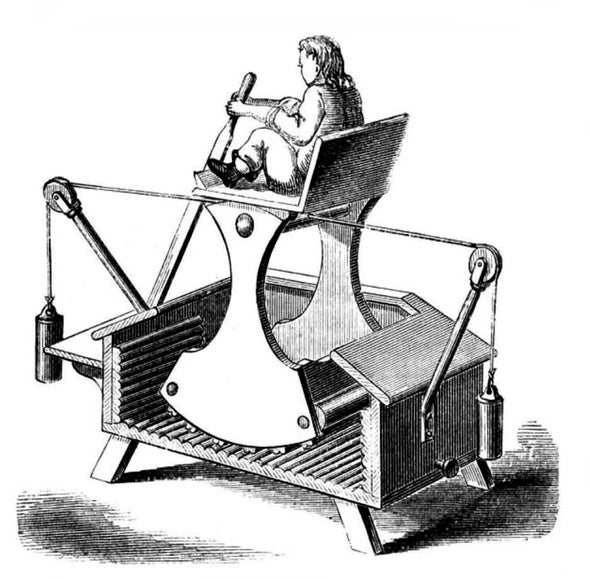1971
1971 In-Patient Therapy
“The treatment of mental illness in the U.S. has changed profoundly over the past 20 years. One change, which is not widely known outside the mental health profession, has been the development of a method of treatment that is called the therapeutic community. The term describes a way of operating a small psychiatric unit in a hospital. Ideally a unit will have between 20 and 40 patients; a large hospital may have more than one therapeutic community. A key constituent of the method is a close relationship between the staff and the patients, who share the work and activities of the unit and participate in the making of decisions affecting it.”
Politics of Holiday Cards
“‘The patterns in which people send and receive Christmas cards can ... be explained in terms of certain social characteristics, especially their social status and mobility aspirations.’ This hypothesis, developed by Sheila K. Johnson, has now been modestly field-tested by her and published in Trans-action. Mrs. Johnson divides all Christmas cards into three groups: (1) reciprocals, (2) sent but not received and (3) received but not sent. Reciprocals are exchanged with relatives or with friends of similar social status. People also send cards, however, to those who never send them cards but whom they want to cultivate, and they receive cards from those to whom they never send cards but who want to cultivate them. A graduate student reported that 70 percent of his cards were reciprocals, 30 percent were sent upward and none were received from below.”
1921
War on Crime
“Three bank robbers were routed by mustard gas in a Michigan bank. Tubes of the gas had been placed in the bank vault a few days before as a precaution against bandits. When the yeggmen blew in the doors the tubes burst and the thieves fled, leaving 85 cents of their own money and an expensive kit of burglars' tools behind them. It was several hours before the building could be entered with safety. Only the first door of the big vault had been blown away, the escaping gas defeating the purpose of the yeggmen.”
Age of the Earth
“The Abbe Theodore Moreaux, Director of the Observatory at Bourges, has recently given some estimates of the age of the earth and when the phenomenon of life appeared on it. He considers 500,000,000 years about right for the age of the earth and he thinks that the temperature dropped to a point where life could exist about 250,000,000 years ago. Man was a comparative newcomer and the Abbe gives only some tens of thousands of years, thus refuting an estimate of a German scientist, who recently gave 400,000 years as the probable period for the advent of man.”
1871
Breeding Leeches for Medicine
“The universal use of leeches in surgery gives a great importance to their propagation, in the few places where they are raised. In France they are made an object of cultivation. On the Landes, near Bordeaux, they are bred by the hundreds of thousands, the wasted forms of moribund cattle being put into the marshes to supply them with nourishment. A cow is used by preference for this purpose, as, when the poor wretch is drained of her blood, she can be driven to a meadow where there is good feed, and will rapidly recover to furnish a fresh supply, whereas horses and asses sink under the attacks of the leeches. The inhabitants of the country around the beautiful bay of Arcachon follow this trade largely, and send as many as 1,500,000 leeches to Bordeaux in a year.”
Baby Power
“The credit of this invention—the application of baby power to washing machines—in the unique manner illustrated in the annexed engraving, belongs to John Highbarger, of Sharpsburg, Md., who not long ago secured the patent. A tank with ribbed sides is intended to hold the clothing, the water and the soap. The clothes are washed by the oscillation of a rocking chair, the rocking being effected by the hands of the operator, which grasp a hand bar, as shown. This plan of utilizing baby power is certainly novel, and would be, no doubt, amusing to the operator.”
There were almost 2,000 patents for hand-cranked washing machines in the U.S. by 1875.



